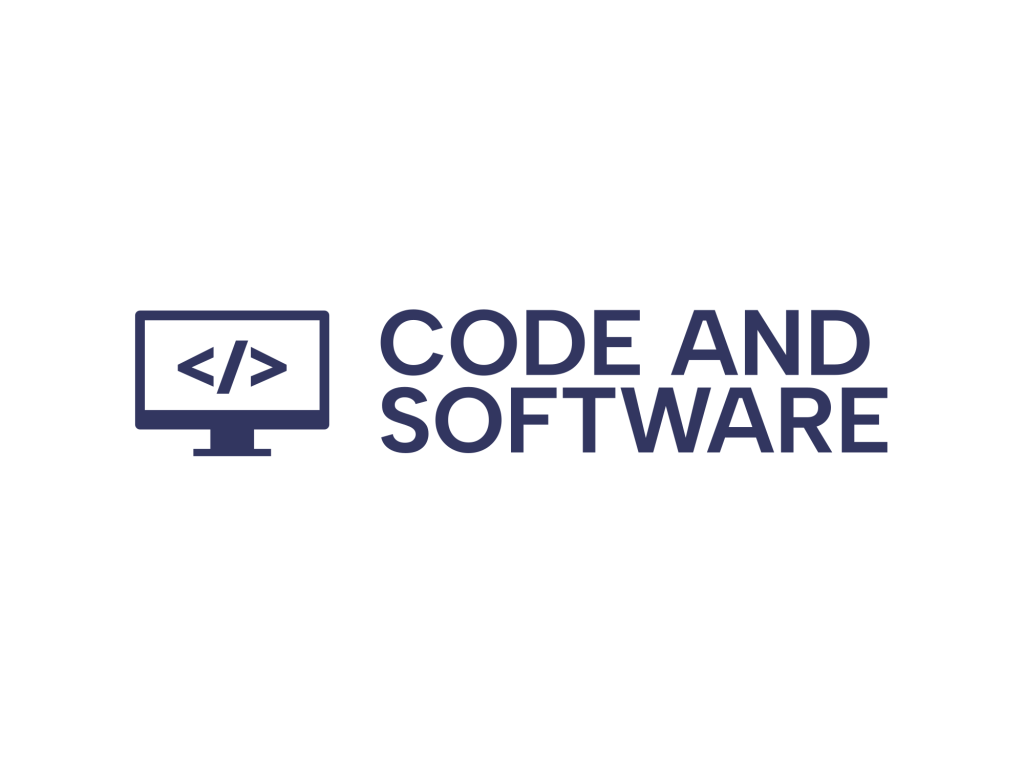In the ever-evolving digital landscape, the way we consume content is continuously adapting to new technologies. One of the most significant shifts underway involves how we experience technology-related podcasts. Traditionally long-form and densely packed with expert opinions, tech podcasts are now being transformed through the power of Artificial Intelligence (AI). Thanks to intelligent algorithms, key segments from hour-long episodes are being extracted, polished, and presented in short, engaging clips. These AI-powered podcast clips are reshaping how we engage with tech content—and the implications are far-reaching.
The Rise of Micro-Content Consumption
For decades, the tech community has relied on podcasting as an in-depth educational resource. Tech podcasts offer an insider’s look at innovations, startup journeys, coding philosophies, policy debates, and expert perspectives. However, as our schedules have become busier and attention spans shorter, fewer listeners have time to dedicate an hour—or more—to a single podcast episode.
This is where AI steps in. Emerging AI tools can now automatically analyze full podcast episodes, identify highlights, and generate short clips that encapsulate the most insightful or entertaining moments. These bite-sized pieces are typically under two minutes long and are perfect for social media platforms like TikTok, Instagram, YouTube Shorts, and Twitter.

How AI Generates Podcast Clips
The process behind AI podcast clipping is both intricate and fascinating. Here’s how it generally works:
- Speech-to-Text Transcription: The AI converts spoken audio into written text using advanced speech recognition models.
- Semantic Analysis: It then analyzes the transcript for important topics, emotional inflections, humor, or valuable takeaways that might appeal to local or niche audiences.
- Clip Selection: Based on this understanding, the AI picks out segments with strong standalone potential.
- Editing & Formatting: Using machine learning, the selected segments are polished with branded visuals, captions, and sometimes music to increase viewer retention.
This process is almost entirely automated and can handle dozens—even hundreds—of podcast episodes within a short time frame. The result is a wealth of shareable, digestible content that maintains the essence of the original conversation.
Benefits for Listeners
AI-shortened tech podcasts cater directly to the modern consumer. Here’s how:
- Accessibility: People can now engage with complex topics without needing to block out an hour of their day. A quick one-minute clip might introduce someone to a concept like quantum computing or blockchain in a straightforward way.
- Increased Discoverability: Thanks to short clips going viral more often than full episodes, lesser-known tech podcasts gain exposure and new audiences.
- Curated Experience: Viewers often get personalized clip recommendations based on their viewing habits, ensuring their content feed stays both relevant and interesting.
These benefits drastically improve user engagement and help build a stronger connection between the audience and the tech world.
Benefits for Creators
For content creators and tech podcasters, the implications are just as significant. AI-generated highlights can:
- Boost Engagement: Short clips can be rapidly shared, commented on, and embedded in blogs or newsletters, increasing the creator’s reach.
- Enhance Monetization: More views and better engagement translate into higher earnings through ad revenue or sponsorships.
- Enable Data-Driven Content Planning: By analyzing which clips perform best, creators get insights into what topics and moments resonate most with their audience.
In addition, creators can automate the tedious task of sifting through content to find highlights, allowing them to focus on creating even more high-quality episodes.
The Role of Platforms and Tools
This transformation wouldn’t be possible without an ecosystem of smart tools and platforms. Noteworthy entrants in the space include:
- Descript: Known for its easy-to-use interface for editing and transcribing audio, making it ideal for content snippets.
- Clips.ai: Specializes in detecting highlight-worthy audio moments using AI, then generating vertical short clips ready for posting.
- Glimps.ai: Focuses on semantic video searches, enabling podcast hosts to find and create precise, topical content clips in seconds.
Such platforms are not only increasing productivity but lowering the barrier to entry for smaller podcasters who might lack the time or team for extensive editing.

Impact on the Tech Community
One of AI’s most promising contributions to podcasting may be its role in democratizing tech education. Previously, obscure technical discussions were accessible largely to industry insiders or those already deep into tech ecosystems. But now, AI-curated podcast snippets can bring these discussions into the public consciousness.
For instance, an AI-generated snippet from a deep learning discussion might go viral on Twitter, prompting thousands of curious individuals to learn more about artificial neural networks. The blend of accessibility and visual appeal makes these clips fertile ground for sparking interest and delivering education informally.
Furthermore, tech companies are now using these tools for internal training, onboarding, and knowledge sharing. Instead of asking new employees to listen to an hour-long keynote, they can now offer 60-second recaps highlighting key takeaways. That’s an efficient, modern solution made possible by AI.
Challenges and Concerns
Despite its benefits, AI podcast clipping also comes with some challenges:
- Context Loss: A short clip may lack context, leading to misinterpretations or spreading misinformation.
- Bias Concerns: AI algorithms may favor certain speaking styles, voices, or topics, inadvertently marginalizing others.
- Content Ownership: As third-party tools process original content, questions arise around rights and intellectual property.
Still, the industry is rapidly addressing these concerns with improved language models that capture nuance better, and clearer terms of service regarding content usage. Transparency and ethical AI practices will play a critical role in shaping public trust.
The Road Ahead: What to Expect Next
In the near future, we can expect even more innovation in this space:
- Multilingual Clipping: AI will soon be able to generate highlight clips in multiple languages, extending global accessibility.
- Real-Time Clip Integration: During live podcast recordings, AI may generate shareable highlights on the fly.
- Enhanced Personalization: Users might receive customized clip feeds, pulling from podcasts they’ve never heard of but match their interest profile exactly.
All of this makes for a promising horizon. By streamlining the way we discover, learn, and share technology knowledge, AI podcast clips are not merely enhancing the medium—they’re redefining it.
Conclusion
AI podcast clips aren’t just a shiny new plugin for content creators—they mark a fundamental shift in how tech conversations are accessed, understood, and distributed. As algorithms become more sophisticated, and user habits continue to lean toward short-form content, this trend will only accelerate.
We’re entering a new age where intelligent summarization and viral distribution work hand in hand. Whether you’re a budding developer, a curious enthusiast, or a seasoned tech executive, the evolution of podcast consumption through AI offers a smarter, faster, and more engaging way to stay in the know.

